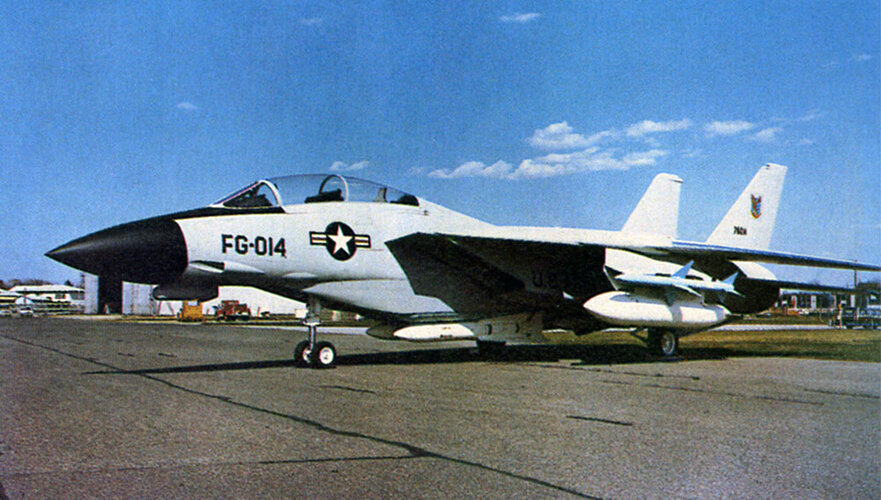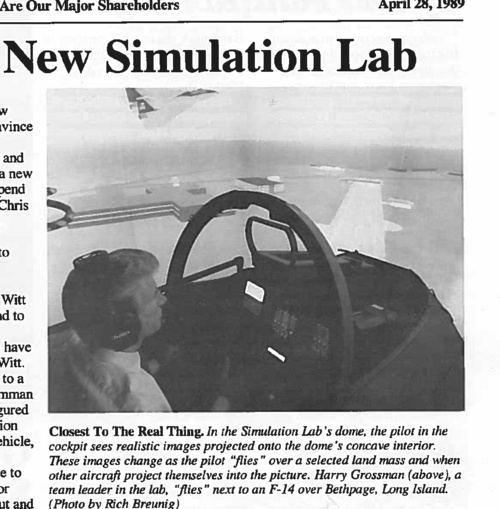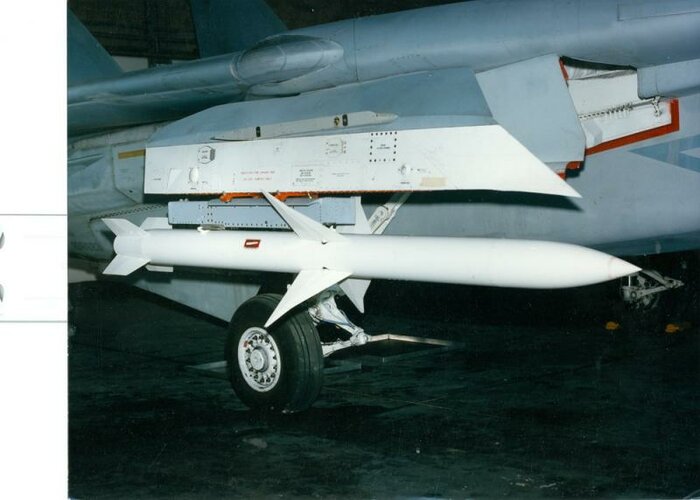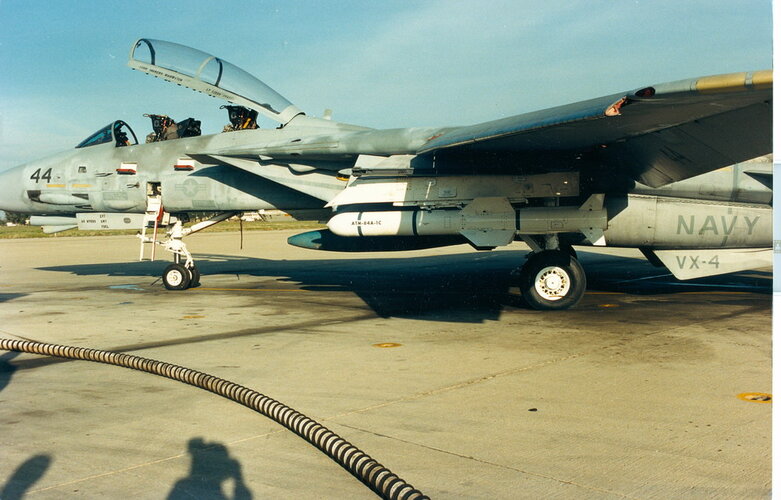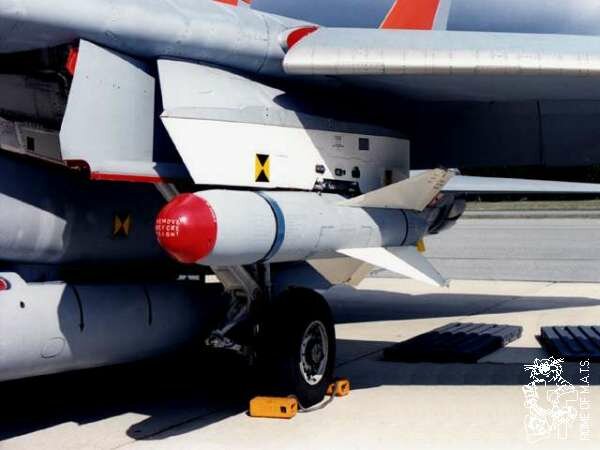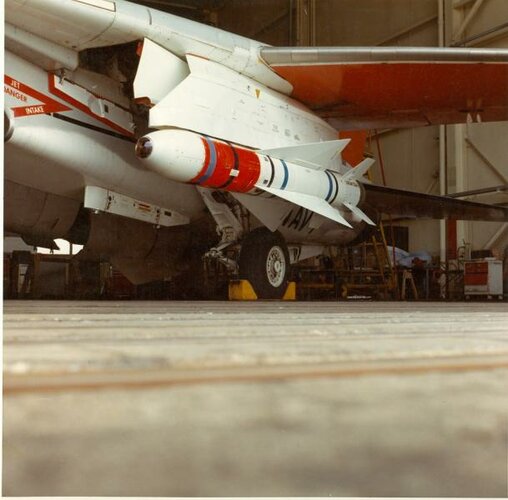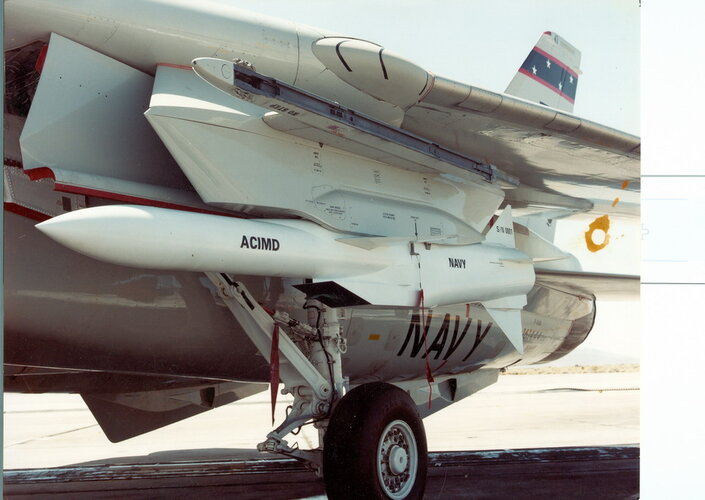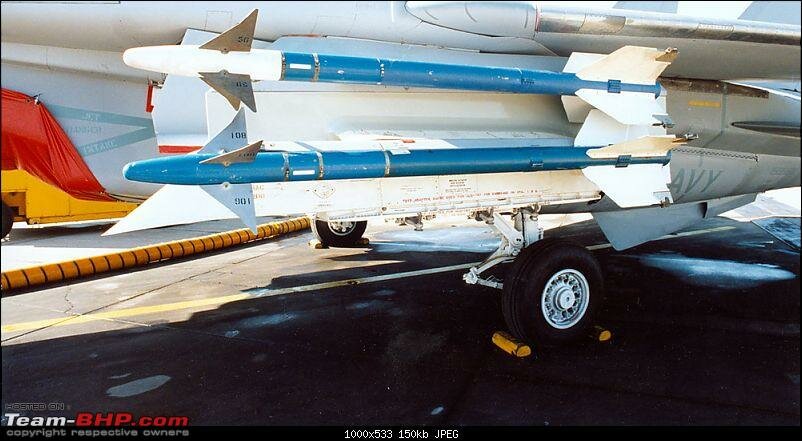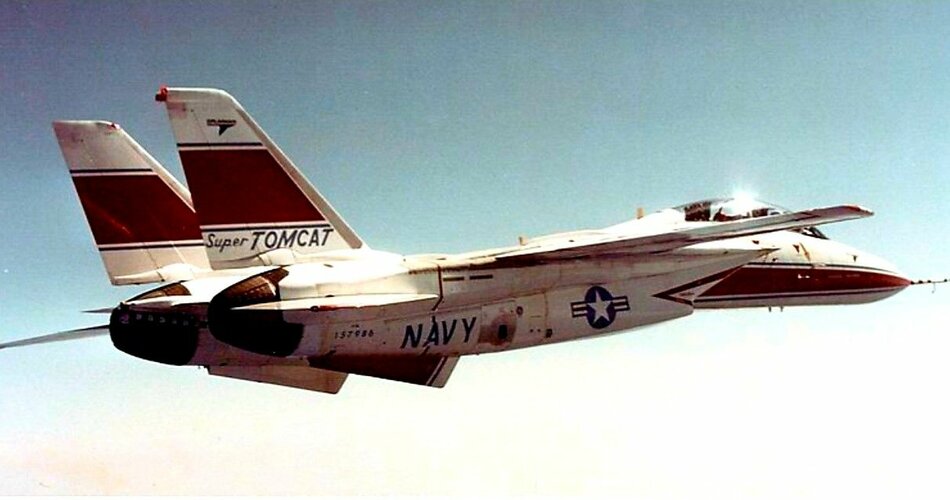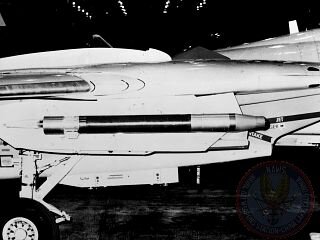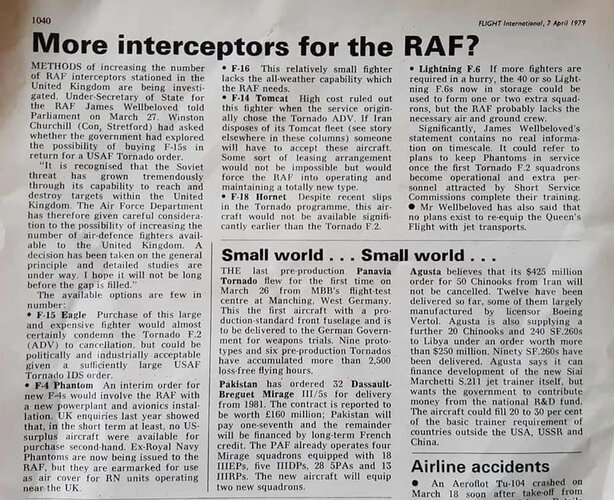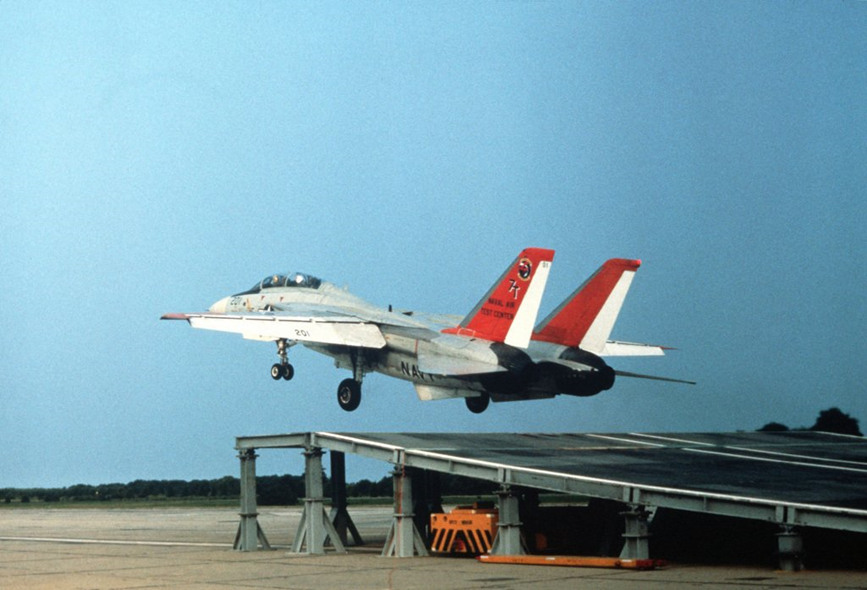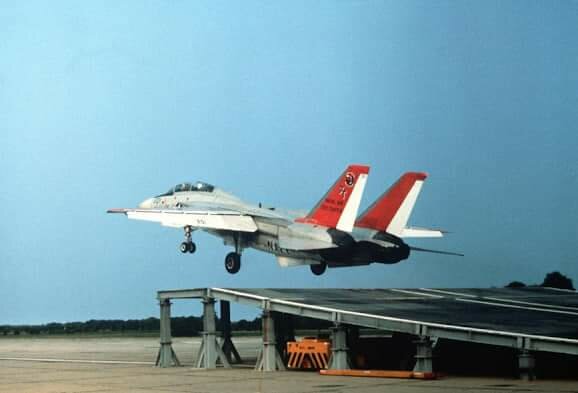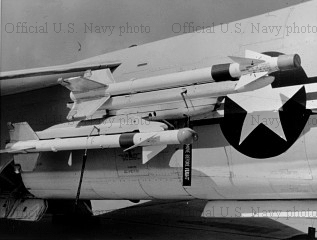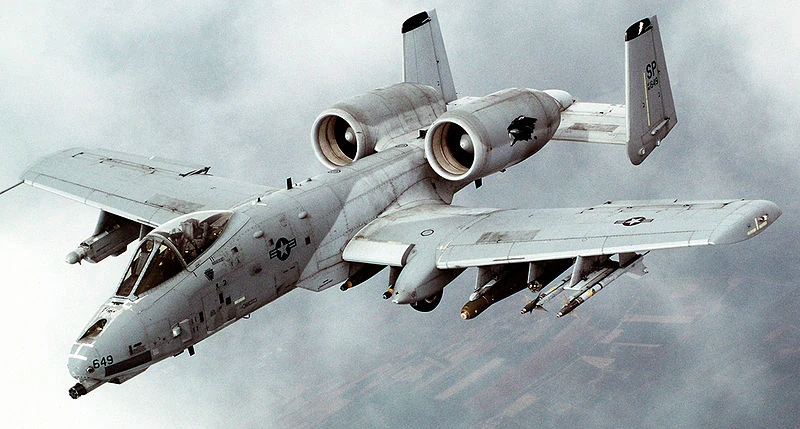Thank you very much for your patient answer.
Glad to help.
What a unique design. I see there is only one ram air inlet on the F-15 feeding the secondary heat exchanger. Was the F-14 designed this way because the F-14 required much greater cooling capacity than other tactical aircraft?(Can I know the specific cooling capacity requirements of the F-14?)
Yes, don't forget that most of the Phoenix missiles built (all AIM-54A and some AIM-54C) required liquid cooling from the F-14 in addition to the F-14's avionics and crew cooling requirements.
So, the F-14D cockpit upgrade was only the most cost-effective solution - by using existing components of the F/A-18.
There was not any standard equipment in production (and in the Navy system) in 1983 more modern than the units used in the F-18. However, the software functionality required for the F-14 was much greater than that of the F-18 (or AV-8B). In short, the hardware was common, the software was new.
Before an extremely advanced cockpit design like the ST-21 was proposed (compared to the technology at the time), was there a cockpit design similar to the F/A-18 and F-15E in the early stages of the F-14D project? Because I saw photos of simulators with cockpit layouts similar to F-15E on Grumman Newsletter in the 1980s.
Yes. And that's pretty much what flew. Realize that the F-14D back seat had to share space with the Hughes-specific radar interfaces which Hughes and the Navy were working on their own without [much] Grumman input [allowed] and Grumman was not going to replace those controls and displays (and sunk cost) in the near term F-14D without a lot of turf pushback from Hughes.
The space under windshield of F-14 is shorter than that of F/A-18. Does this mean that the forward field of view of an F14 pilot is smaller than that of an F/A-18?
No. I
believe that the F-14 windshield is slightly more inclined and the pilot sits slightly higher in the F-14.
1) The F-14's gun gas vents design has been changed many times. What's the reason, to ensure that M61 can fire continuously without limit?
No, it was to insure that gun gasses were ventilated and expelled from the gun compartment before they could explode, possibly blowing the doors off their hinges and into the left engine intake. This was a passive extraction system, affected by airspeed, AOA, yaw, density altitude, humidity, propellant characteristics etc. It took a lot of fleet flight hours to experience all the variables and several configurations to settle on something that worked 99% of the time.
2) The NAVAIR 01-F14A-1, published on June 1, 1972, described the function of opening and closing the inlet bleed door, but in the later official NAVAIR 01-F14AAA-1, the inlet bleed door has become fixed. There are rumors that the movable inlet bleed door in the early development stage of the F-14 caused the death of a technician, so Grumman changed the inlet bled door to a fixed one. May I ask if this is true?
I don't know - have not heard of this one. My assumption is that it failed a cost-to-benefit analysis and was deleted early in the production run when the Tomcat program was in critical financial trouble.
3) The maximum speed of the F-14B/D is lower than that of the F-14A. After searching on Google, I found that some people said this was due to the poor matching between the air intake and the F110-GE-400. Others said it was due to the low authority of the vertical tail at high speeds. When one engine fails, the heading cannot be corrected through the vertical tail, an artificial limitation imposed by the Navy for safety. Which statement is correct?
I've not heard of the first reason. I'd believe that asymmetric thrust issues were more likely - afterburner takeoffs were banned for the F110-engined jets for that reason. By about 1998, the F-14 was more-or-less redlined at about 1.8 Mach in normal training/fleet usage. There was no real tactical reason to go faster in peacetime (clean) nor could you necessarily get any faster than that with operational loadout of external stores. Another reason was to take it easier on the airframes - the Tomcat was originally planned for a initial 4000 hour life; by the end it was possible (in stages) to modify the airframe for a 9000 hour life. Some things (like bonded aluminum honeycomb) which were super state of the art in the 60's were found to have severe durability issues after 20 years of service. High Mach, and high Mach/low altitude flight, plus ocean [corrosive] environment over 30+ years was
hard on the airframe.
4) Some people said that the deletion of glove vane was due to the improvement of the flight control system. Would the deletion of glove vane have an effect on the flight performance of the F-14? In addition, has Grumman considered designing the glove into a LEX?
Well, the improvement of the FCS was due to the replacement of the AFCS box with the DFCS (Digital). However, this was at least 10 years after the glove vane was deleted in the first new-build F-14A+ (F-14B). My info was that the glove vanes really didn't buy that much more turn performance in the speed range where the Tomcat really operated. And the chance to take 200-300 pounds (my
guess) out of the airframe probably seemed incredibly attractive. Odd story; Pax River was apparently unaware of the deletion (approved by NavAir) until after the F-14A+ rollout; so the first A+ had to go down to Pax for a short two-month flight test program to measure and validate the new flight performance values.
5) Some people said that Grumman didn't design JFS/APU for the F-14 in order to control empty weight. Is this statement correct?
Could be. Or (remember that the F-14 was in severe cost trouble in the early 70s) this "nice-to-have" was eliminated along with the early IRST. I will note that it was perennially highly ranked in the OAG (Operational Advisory Group) Fleet surveys, but never happened. Everybody knew it would never happen once the F-14 was out of production and switched from Production to Operations and Maintenance (O&M) funding while fighting running [political] gunbattles with PMA-265 (F-18 program office) for funding.

